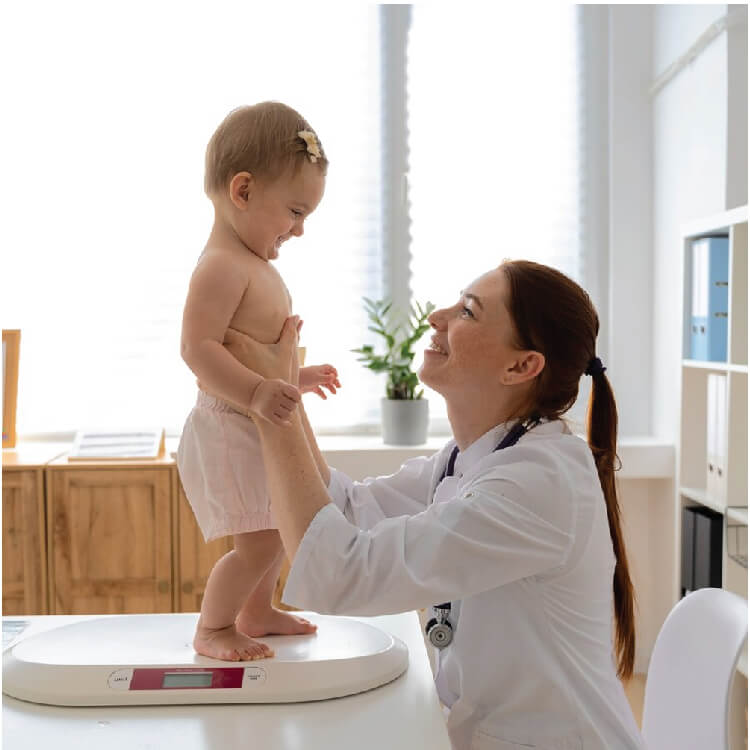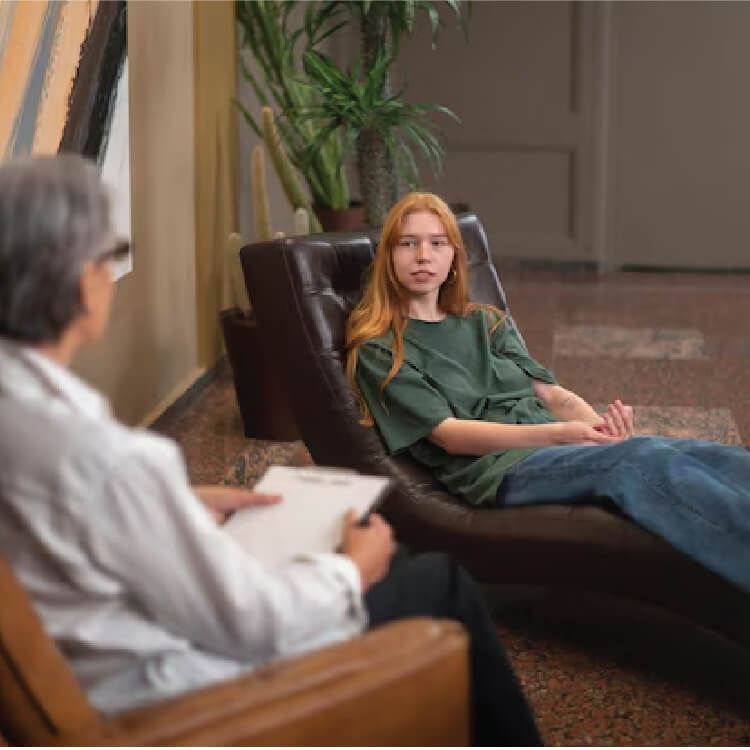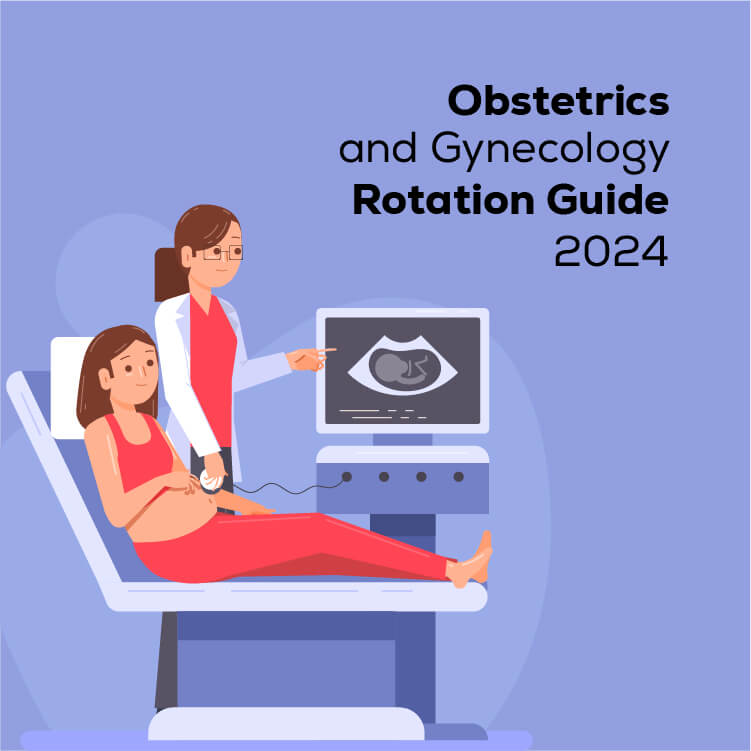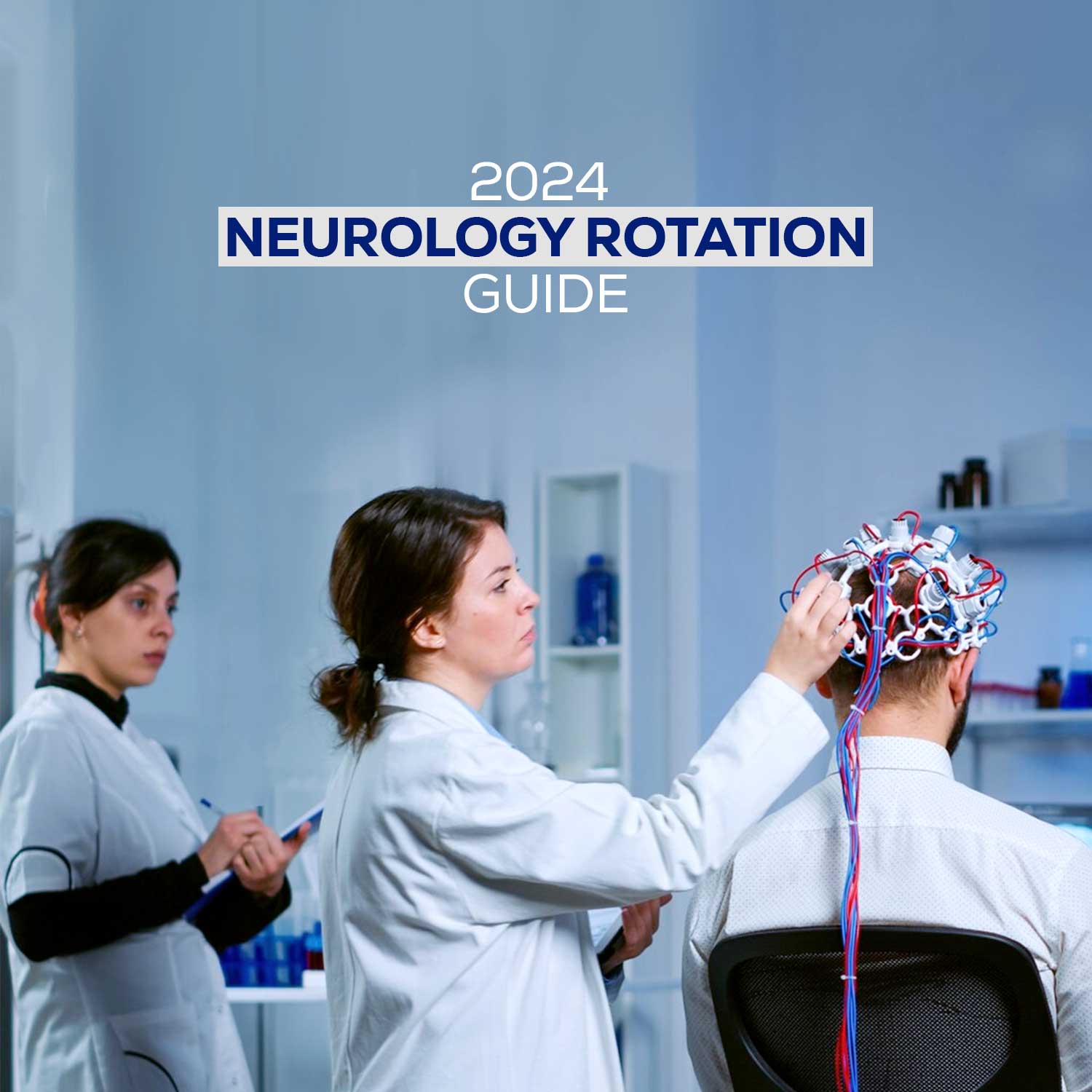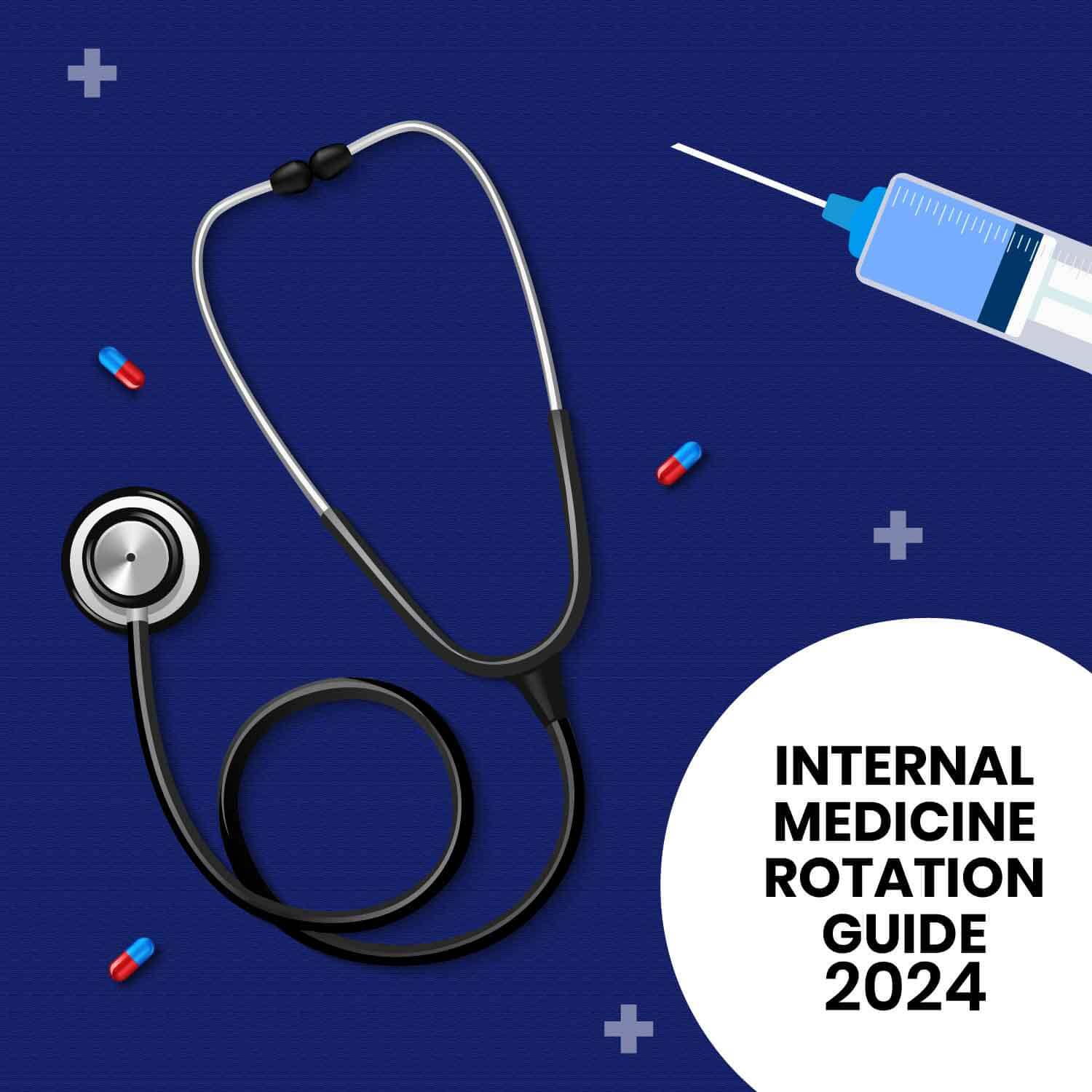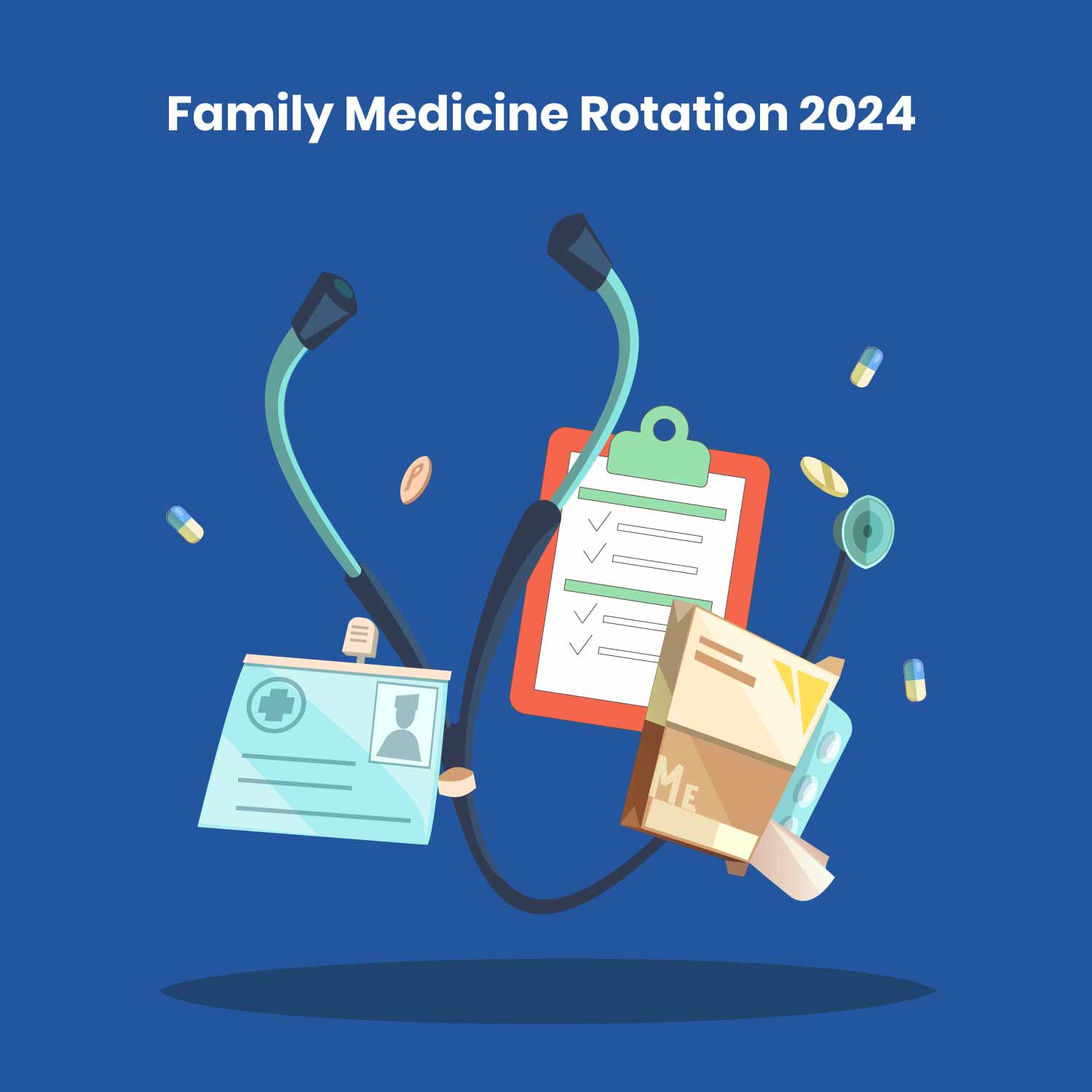
Clinical rotations are an important part of medical education. In the last two years of medical school, medical students get an opportunity to gain hands-on experience working in clinics and hospitals. Clinical rotations are also called clinical clerkships, clinical experiences, clinical training, or clinicals. Each rotation experience is speciality-focused, such as surgery, paediatrics, internal medicine or psychiatry.
A rotation won’t give you enough expertise to practice a particular speciality. That happens once you join a residency program. However, it will give you a breadth of knowledge and help you choose a career path. If you are a medical student about to embark on your 3rd year of medical school, get ready to experience the typical life of a doctor before you become one.
Clinical Rotations vs the First Two Years of Medical School
During the first two years of medical school, you gain knowledge using textbooks, attending lectures, and working in laboratories. You take classes in basic sciences, such as anatomy, biochemistry, microbiology and pathology. If that was all there was to medical school, you’d be left grossly underprepared to work in real-life clinical situations.
In the last two years of medical school, you take part in clinical rotation programs. Each clinical rotation offers you the opportunity to gain valuable hands-on clinical experience. You get to shadow physicians and residents, interact with patients and perform basic medical procedures. The clinical rotations experience culminates with you taking and passing USMLE Step 2.
Importance of Clinical Rotations
Are you wondering why clinical rotations are considered so important? There are a number of reasons why clinical rotations are so vital to medical education:
- Complete Degree Requirements: Clinical rotations help you gain credits towards your medical degree. You participate in core and elective clinical rotations to complete curriculum requirements for your degree program.
- Gain Hand-On Clinical Experience: Clinical rotations help you hone your clinical skills. You work as an integral member of the team, build tools for treating patients and start developing your bedside manner.
- Obtain a Residency Position: Clinical rotations give you a chance to make a good impression on a residency program’s director, attendings and hospital staff. Consider your clinical rotations as informal interviews. The physicians and staff you work with are the ones that will most likely write your letters of recommendation. They can also give you a heads up about career opportunities at the hospital or clinic.
- Choose a Career Path: Clinical rotations offer the opportunity to make an educated decision about your career path. As you explore different clinical rotations, you can discover the speciality you are most passionate about. For a completely unbiased viewpoint, consider scheduling a meeting with a program director in a speciality of interest during a rotation.
Types of US Clinical Rotations
Clinical rotations occur after the basic science or medical curriculum and can be grouped into two broad categories, core and elective.
Core Rotations: Core rotations are mandatory rotations that you are required to experience to complete your degree. Rotations that are included in core rotations may vary depending on the medical school. Here is a list of common core rotations:
- Family Medicine Rotation
- Internal Medicine Rotation
- Neurology Rotation
- Obstetrics/Gynecology
- Psychiatry Rotation
- Pediatrics Rotation
- General Surgery Rotation
Elective Rotations: Elective rotations are optional and you are free to choose from a wide variety of electives depending on your interest. Some elective rotations may be conducted as core medicine by the concerned medical school. Here is a list of common elective rotations:
- Cardiology Rotation
- Pathology Rotation
- Radiology Rotation
- Emergency Medicine Rotation
- Ophthalmology Rotation
- Ophthalmology Rotation
- Infectious Disease Rotation
- Orthopedics Rotation
- Dermatology Rotation
- Hematology & Oncology Rotation
- ICU Rotation
- Plastic Surgery Rotation
- Allergy & Immunology Rotation
- Nephrology Rotation
- Pulmonology Rotation
- Endocrinology Rotation
- Gastroenterology Rotation
- Allergy & Immunology Rotation
- Physical Medicine & Rehabilitation (PM&R) Rotation
Duration of Clinical Rotations
The time period or duration of rotations may vary depending on the medical school. The duration you spend in a clinical rotation also depends on the strength and focus of the hospital that is offering the program.
The location of the hospital also matters. If the rotation is offered by a hospital in a metropolitan area, you can expect increased experience with trauma, emergency medicine, infectious disease, and accidents. Here is a list of average time duration of some clinical rotations:
| Medical Program | Duration |
| Anesthesiology | 4 weeks |
| Emergency Medicine | 8 weeks |
| Family Medicine | 8 weeks |
| General Surgery | 8 weeks |
| Internal Medicine | 8 weeks |
| Neurology | 8 weeks |
| Obstetrics and Gynecology | 6 weeks |
| Pathology | 6 weeks |
| Pediatrics | 6 weeks |
| Physical Medicine and Rehabilitation (PM&R) | 4 weeks |
| Psychiatry | 6 weeks |
| Radiology | 6 weeks |
The Cost of a US Clinical Rotation
On average, a US hospital can charge $500/week for a clinical rotation program and a minimum of 80 weeks of clinical rotations in the United States will cost around $40,000. A standard four-week clinical rotation can fall anywhere between $1,000 and $4,199. The specific cost of the rotation varies based on the physician, affiliations, location, and type of experience. Now that you know the estimated amount you might need to apply to the rotations, let’s talk about the application requirements.
Application Requirements for Rotations
To embark on a clinical experience, you must be a 3rd year medical student. Different programs have different requirements for application. Some accept online applications whereas others ask for an offline application. Document requirements may vary depending on your school and hospital or clinic. Here is a comprehensive list of documents that are usually required to apply to a rotation:
- USMLE Step 1 Result
- Resume
- Personal Statement
- Letter of Good Standing with Medical School (if you are applying for a program outside your school)
- Letter of Intent
- Transcripts
- Dean’s Letter
- Immunization Records
- Malpractice Insurance
- Criminal Background Check
- HIPAA awareness training certificate
- Urine Drug Screening report
Difference Between Clinical Rotations, Observerships, and Externships
Have you been hearing the words observerships and externships? Wondering where these clinical experiences fit in? Medical students in the US typically do clinical rotations at hospitals and clinics affiliated with their medical school. Hence, the term clinical rotation is most often used to refer to clerkships provided by the school as part of the curriculum required to graduate from medical school.
Externships refer to clinical experiences that are not directly provided by the applicant’s medical school. These are hands on as well and can be done by medical students and graduates. Most of the time, this is the only option available to IMGs that satisfies hands-on clinical experience requirements for many residency programs. Externships can be arranged directly with hospitals or services that offer these experiences in a variety of clinical locations. Many applicants use rotation agencies to get placed into programs.
Observerships, on the other hand, refer to shadow-only rotations. These clinical experiences are not hands-on as there is no direct patient care involved. Medical students at varying levels of education and medical graduates can do observerships. Observership programs are preferred by graduates looking to fill in gaps in their clinical education. It is a way to prove that you are still relevant in the medical field if your graduation was a while ago. They are also popular among international medical graduates. An observership increases an IMGs chance of getting into a residency program since program directors prefer trainees that are familiar with the US healthcare system.
Clinical rotations offer an incredible opportunity to sharpen your clinical skills, choose a specialty, and complete your degree requirements. They help make the jump from medical school to a residency program incredibly seamless. Remember to make the most of each experience! If you are looking for clinical rotations programs with licensed physicians in the US, register with USDoctors.co today!
ABOUT US
Clinical Rotations For Foreign Medical Students, Nurse Practitioners, Physician Assistants and Graduates.
USDoctors.co specializes in providing invaluable hands-on clinical rotations to both foreign medical students, nurse practitioners, physician assistants and graduates. Our clinical rotations are strictly set up to help you get the US clinical experience and letters of recommendation that will greatly increase your chances of US residency placement.

